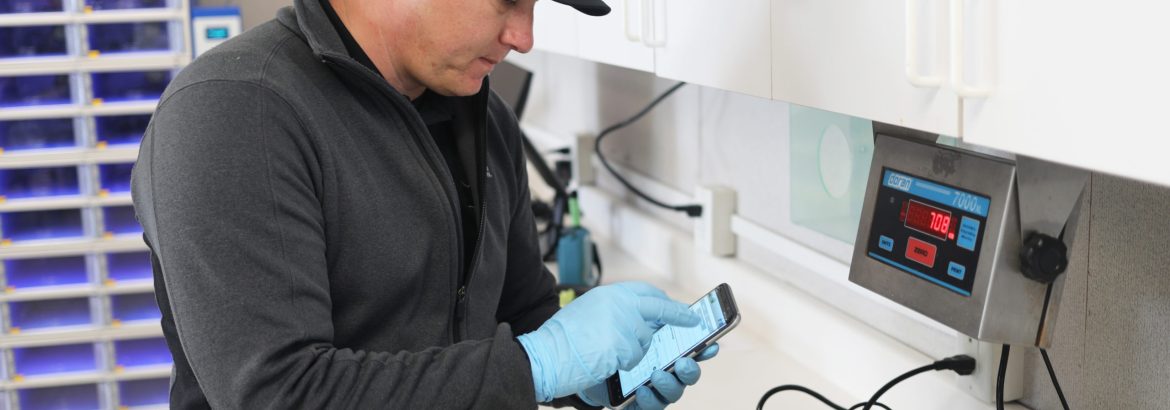Twice a year, our Boots in the Field inspectors move to new growing regions along with our growers, as they transition to more favorable weather conditions. Markon’s Quality Assurance Director John Galvez is one of these very dedicated professionals. We talked to him about why it’s so important that the inspectors remain close to our growers’ operations – and what it’s like for this dad of two with one on the way to pick up his life and move for months at a time. Read what he had to say:
How does having Boots in the field inspectors set Markon apart? What value does it add for customers?
John: The fact that our inspectors are thoroughly evaluating products for Markon orders before, during, and after it’s harvested is a critical aspect of what we do. But there’s much more to it that sets us apart. When we’re out in the fields, we know that we are not just representing Markon; we are also representing all of our member companies and the end-user customers as well. We try to keep that in mind at all times when interacting with the hard-working people responsible for growing, packing, and processing the best produce into the Markon Brand. There is a legacy of professionalism and being firm, but fair, that’s been handed down since long before I became a Markon inspector, and that’s been the cornerstone of how we’ve been able build and maintain so many key partnerships that our customers benefit from daily.
How does transitioning to different growing regions help us to serve customers better?John: Obviously, we would love to be able to ship from one region all year, but we need to chase the best weather and growing conditions in order to provide the freshest produce to our customers. We partner with many source-based suppliers – who follow the vegetable growing seasons to harvest and process the highest quality product possible – for this reason. Plus, it also gives the soil a chance to rest and recover after a long growing season. Being responsible stewards of the land is a big part of ensuring that future growing seasons remain fruitful.
Why is it so important that you and the other inspectors move with the transition?
John: We trust our supplier partners, but our role as Markon inspectors is to verify that our quality and food safety standards are being met on a daily basis. That’s our promise to our customers, and we can’t do that unless we are there to see it ourselves and document it. I also can’t understate the importance of our purchasing or customer service teams being able to pick up the phone and get direct answers to questions that will help them make the most informed decisions on behalf of Markon’s membership.
What’s it like to pick up your whole life and move for several months per year?
John: It’s not possible to bring my whole life, unfortunately. My wife and daughters stay behind in Salinas when I come to Yuma, and we see each other as often as we can throughout the season. Markon is very understanding and flexible with us in that regard, for which I’m grateful.
Before I had a family of my own, it was much easier to pick up and move. I saw it not just as a job requirement, but also as an adventure. I’ve always been proud to be part of this community of people that relocate seasonally and contribute their skills to put food on millions of tables throughout North America and beyond. But make no mistake, there has always been great sacrifice involved for every person who has ever done it.




